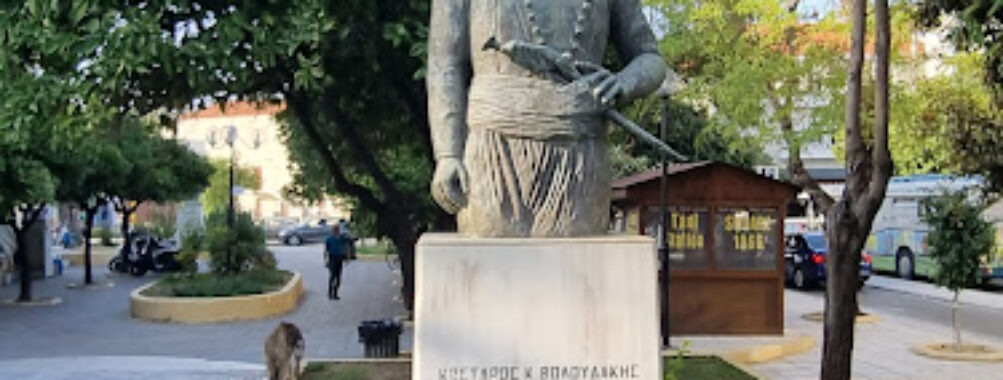
Ottoman Fountain
Table of Contents
Description
Let me tell you about one of Istanbul’s most enchanting historical treasures – the Ottoman Fountain. I was absolutely mesmerized when I first came across this architectural gem during my wanderings through the city. Dating back to the 18th century, this ornate water fountain stands as a testament to the incredible craftsmanship of Ottoman artisans. The intricate calligraphy and floral motifs carved into the marble are simply stunning – I spent a good hour just studying all the detailed patterns!
Key Features
• Exquisite marble construction with traditional Ottoman architectural elements
• Intricate Arabic calligraphy inscriptions telling stories of the past
• Delicate floral and geometric patterns covering all sides
• Original bronze spigots still intact from the 1700s
• Decorative domed roof with gold-leaf accents
• Peaceful surrounding courtyard perfect for photos
• Historical inscriptions detailing the fountain’s royal patronage
• Beautiful integration of Islamic art and functional design
Best Time to Visit
From my experience visiting multiple times throughout the year, early morning (around 8-9am) offers the most serene atmosphere with gorgeous lighting for photos. The fountain looks particularly magical during golden hour just before sunset too. I’d suggest avoiding midday in summer when tourist crowds peak and the heat can be intense. Spring and fall are ideal seasons to appreciate the fountain, when temperatures are mild and you can take your time examining all the incredible details. And y’know what? Visiting on weekdays rather than weekends will help you dodge the larger tour groups.
How to Get There
Getting to the Ottoman Fountain is pretty straightforward using Istanbul’s public transport system. Take the T1 tram line to Sultanahmet station – it’s just a short walk from there. You can also reach it via bus routes 20, 21, and 73. If you’re staying in the old city, it’s totally walkable from most hotels. Taxis are readily available too, but make sure they use the meter! I learned that lesson the hard way on my first visit. The fountain is right in the historical peninsula, so you really can’t miss it once you’re in the general area.
Tips for Visiting
Ok, here’s what I wish someone had told me before my first visit: Bring a camera with good low-light capabilities – the intricate carvings create amazing shadows that are worth capturing. Wear comfortable shoes cause the surrounding area has lots of cobblestones (my feet were killing me in sandals). The fountain is free to visit, but I’d recommend carrying some small change if you wanna make a wish! Early morning or late afternoon visits will give you the best photo ops without harsh shadows. And don’t forget to look UP – some of the most beautiful details are on the upper sections that tourists often miss.
Consider combining your visit with other nearby attractions since you’re already in the historical district. The area can get pretty crowded during peak season, so a bit of patience goes a long way. Oh, and there’s this amazing little café just around the corner that serves the best Turkish coffee – perfect for taking a break while admiring the fountain from a distance.
Remember to be respectful since this is still a functioning fountain and holds cultural significance for locals. Taking photos is perfectly fine, but maybe avoid climbing or sitting on any part of the structure (I’ve seen some tourists do this and it makes me cringe). During summer months, bring water – it gets HOT standing in the sun while admiring all those incredible details!
Location
Places to Stay Near Ottoman Fountain
Find and Book a Tour
Explore More Travel Guides
No reviews found! Be the first to review!